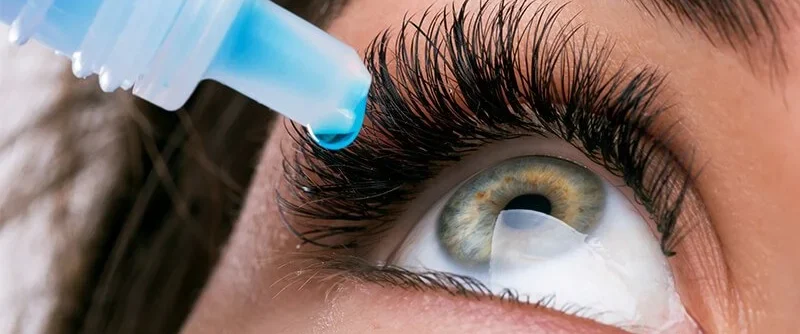Understanding the different options for Laser Vision Correction

Laser vision correction has revolutionized the field of ophthalmology, providing individuals with an opportunity to achieve clearer vision and reduce their dependence on glasses or contact lenses. While the term “laser vision correction” is commonly used to describe various procedures, it’s important to understand that not all laser vision correction techniques are the same. In this blog post, we will explore different types of laser vision correction procedures and highlight the key differences between them.
What is LASIK (Laser-Assisted In Situ Keratomileusis)?
LASIK is one of the most popular and widely known laser vision correction procedures. It involves creating a thin flap on the cornea, using a microkeratome or femtosecond laser, and then reshaping the underlying corneal tissue with an excimer laser. The flap is then repositioned, allowing for rapid visual recovery and minimal discomfort.
What is PRK (Photorefractive Keratectomy)?
PRK is another type of laser vision correction procedure that predates LASIK. In PRK, the surface layer of the cornea, called the epithelium, is gently removed, and the underlying corneal tissue is reshaped using an excimer laser. The epithelium then regenerates naturally over a few days or weeks.
What is SMILE (Small Incision Lenticule Extraction)?
SMILE is a relatively newer advancement in laser vision correction. It involves creating a small incision in the cornea and using a femtosecond laser to create a small lenticule within the cornea. The lenticule is then removed through the incision, thereby reshaping the cornea and correcting the refractive error.
What are the differences between the different options for Laser Vision Correction?
While all laser vision correction procedures aim to correct refractive errors, there are notable differences among them:
- Flap Creation: LASIK involves creating a corneal flap, which is not required in PRK or SMILE. The flap in LASIK allows for faster visual recovery and potentially less discomfort compared to the surface-based procedures.
- Tissue Preservation: PRK and SMILE preserve more corneal tissue compared to LASIK since they do not involve creating a corneal flap. This can be advantageous for individuals with thinner corneas or those engaged in contact sports or occupations that carry a higher risk of eye trauma.
- Healing and Recovery: PRK typically has a longer recovery period compared to LASIK and SMILE. The regrowth of the epithelium after PRK can take several days to weeks, during which vision may fluctuate. LASIK and SMILE generally offer faster visual recovery, with most patients experiencing improved vision within a day or two.
- Suitability: The suitability of each procedure depends on various factors such as corneal thickness, refractive error, and individual patient characteristics. Consulting with an experienced eye surgeon is crucial to determine which procedure is best suited to your specific needs and circumstances.
What Laser Vision Correction option is best for me?
While laser vision correction encompasses several procedures, including LASIK, PRK, and SMILE, it’s important to recognize that they are not all the same. Each procedure has its own advantages and considerations, depending on factors such as corneal thickness, desired recovery time, and individual patient characteristics. Consulting with a qualified eye surgeon is vital to assess your candidacy and determine the most suitable laser vision correction procedure for you. By understanding the differences between these procedures and making an informed decision, you can embark on a journey to clearer vision and a life with reduced dependence on glasses or contact lenses. Contact SightMD today to set up an appointment to discuss any questions you may have about Laser Vision Correction and what option is best for you.


